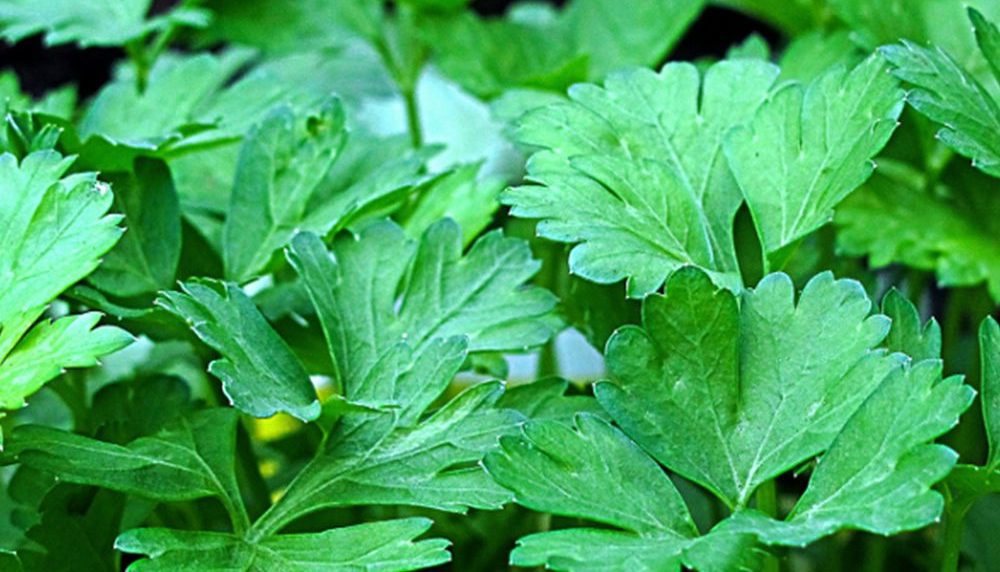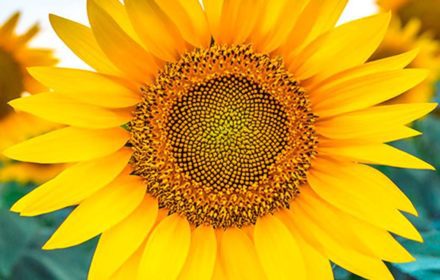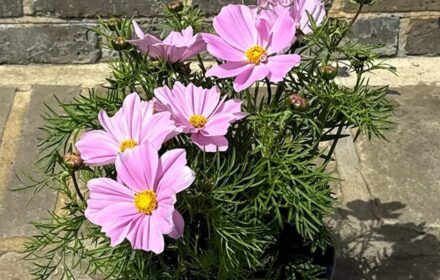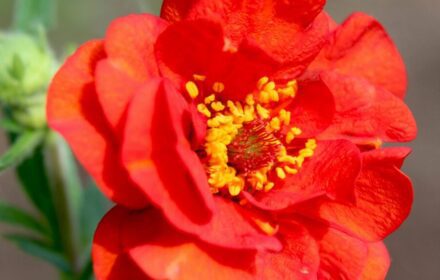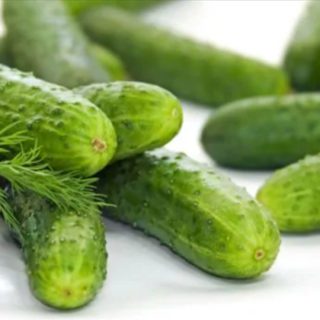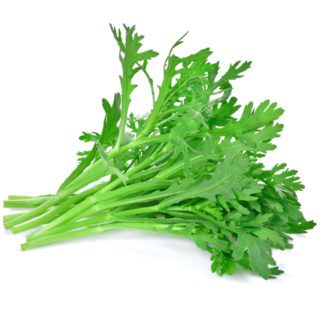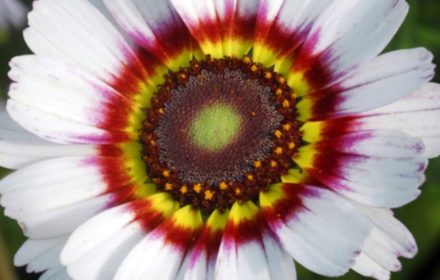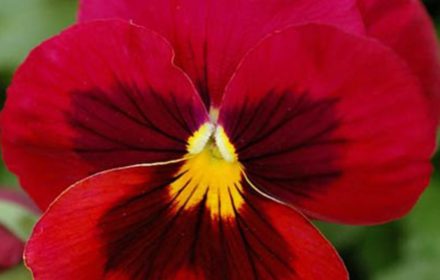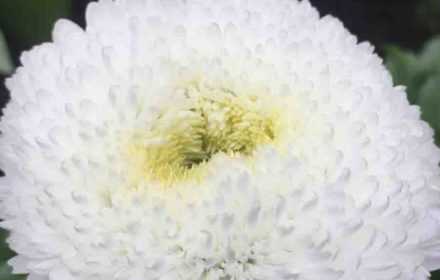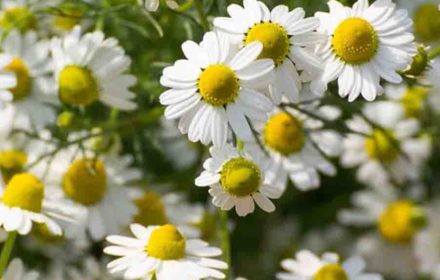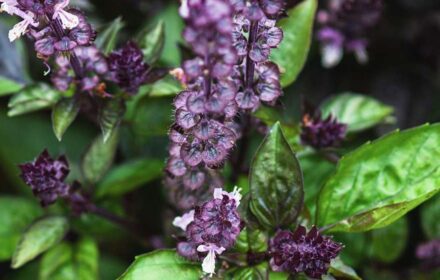How to Sow Italian Parsley Herb Seeds in the UK
Italian parsley, known for its dark green, flat serrated leaves, offers a slightly peppery taste and a delightful aroma. It’s a versatile herb, widely used in cooking, garnishing, and salads. Known for its robust flavour, Italian parsley is an excellent addition to any garden or windowsill, providing a continuous crop throughout the year. This herb thrives in the UK’s temperate climate, making it ideal for gardens, allotments, or container gardening.
When to Sow Italian Parsley Herb Seeds
- Indoor Sowing: Sow seeds indoors from early spring (March) to late summer (August) to ensure a year-long supply. Place containers in a bright spot, such as a sunny windowsill or conservatory.
- Outdoor Sowing: Directly sow seeds outdoors once the last frost has passed, typically between late April and early May, when the soil is warm and workable.
Step-by-Step Guide to Growing Italian Parsley from Seed
Indoor Sowing
- Prepare Containers: Use pots or window boxes filled with a fine, well-draining seed compost. Lightly moisten the compost before sowing.
- Sowing Depth and Spacing: Sow seeds thinly at a depth of 1/4″ (6 mm). Space seeds about 6″ apart for individual plants or sow thinly if harvesting as microgreens.
- Improve Germination: To speed up germination, soak seeds in warm water for 24 hours before planting. This softens the seed coat and encourages quicker sprouting.
- Ideal Conditions: Maintain a consistent temperature of 15-20°C (59-68°F). Place pots in a sunny location with plenty of light.
- Germination Time: Germination typically occurs within 18-24 days. Keep the compost moist but not waterlogged during this period.
Outdoor Sowing
- Soil Preparation: Choose a sunny or partially shaded location with well-drained, fertile soil. Add compost or organic matter to enrich the soil.
- Sowing in Rows: Sow seeds thinly in rows 16-18″ apart. Cover seeds with 1/4″ (6 mm) of fine soil and water gently.
- Thinning: Once seedlings reach 2-3″ tall, thin them to a spacing of 6″ apart to allow sufficient room for each plant to grow.
Caring for Italian Parsley Plants
- Watering: Keep the soil evenly moist, particularly during dry spells. Avoid overwatering, as parsley prefers well-drained soil.
- Sunlight: Italian parsley thrives in full sun but can tolerate partial shade. Ensure plants receive at least 4-6 hours of sunlight daily for the best flavour and growth.
- Fertilising: Feed plants with a balanced liquid fertiliser every 4-6 weeks to promote healthy foliage, particularly for container-grown parsley.
- Maintenance: Regularly harvest outer leaves to encourage new growth. Pinch off flower buds if they appear to extend the plant’s productive life.
Harvesting and Using Italian Parsley
- When to Harvest: Begin harvesting when the plants are around 4-6″ tall. Pick outer leaves as needed, leaving the inner leaves to continue growing.
- How to Harvest: Use sharp scissors or your fingers to cut stems near the base. Regular harvesting will encourage the plant to produce more leaves.
- Usage: Italian parsley is perfect for garnishes, soups, stews, salads, and sauces. It can be used fresh or dried for later use.
- Storage: Store fresh parsley in the refrigerator wrapped in damp paper towels or place stems in a glass of water to keep them fresh for up to a week.
Common Questions About Growing Italian Parsley in the UK
- How long does parsley take to grow? Parsley typically matures in 70-90 days, but you can begin harvesting leaves as soon as the plants are 4-6″ tall.
- Can parsley survive the winter? Italian parsley is a hardy biennial and can survive mild UK winters. Protect plants with fleece or cloches during frosty periods for continuous harvests.
- Why are my parsley seeds not germinating? Parsley seeds can be slow to germinate. Soaking them in warm water for 24 hours before planting and ensuring consistent warmth and moisture will improve germination rates.
By following these steps, you can enjoy a steady supply of fresh, aromatic Italian parsley in your kitchen. Whether grown indoors or outdoors, this versatile herb is an essential addition to any UK garden.

